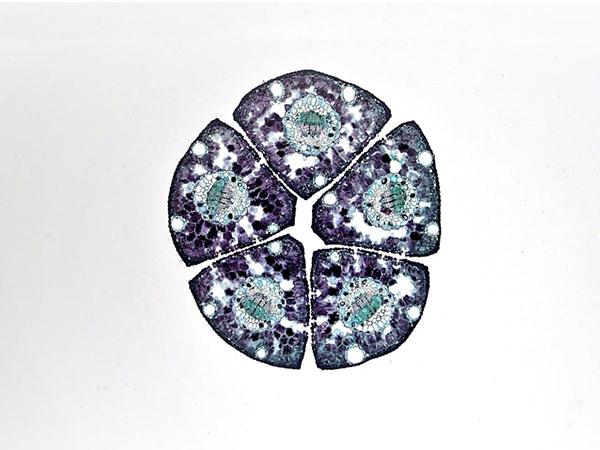New Delhi [India], January 10 (ANI): About sixty per cent of global manufacturers will use generative AI as a tool to help people gain expertise faster by 2027, according to the annual meeting of the World Economic Forum (WEF).
The report added that to mitigate the growing shortage of skilled labour, the technology will capture the expertise of retiring employees and transfer it to the next generation.
When you combine AI with digital twins its impact becomes even greater. The possibilities include everything from performance monitoring and optimization to creating more realistic simulations and making precise predictions.
As technology makes industries smarter, the global productivity gap will also be filled and create more opportunities.
That’s exactly what happened in the IT sector, it used to be that one IT administrator serviced 1,000 tickets. Today, thanks to digitalization, they can service 100,000. It does not reduce IT jobs and we have better productivity.
“The same dynamic will unfold when we make digital technologies standard across more industries,” says WEF.
It says when combined with industry-specific knowledge and how technology can create new possibilities for everyone.
“This is the power of technologies, like AI and digital twins, in action. When combined with industry-specific know-how, they can unlock new possibilities for everyone — making cutting-edge solutions more accessible and helping us tackle our most pressing challenges, from equitable growth to sustainability.”
The way we embrace and deploy these technologies today will shape the future for generations to come.
AI’s great value lies in its ability to make data actionable, combined with digital twins these data can be collated, analysed, inefficiencies removed and better decisions can be taken to improve efficiency and quality.
“In highly automated factories, machines produce a quantity of data that is equal to half a million movies each month — vast amounts of data that have, until now, been vastly underused. With AI, manufacturers can unlock this treasure trove. It collates data, analyzes patterns, reveals inefficiencies, predicts outcomes and enables smarter decision-making. Quality control alone, for example, now requires 95% less effort.” says WEF.
And, it isn’t just for factories it can be used across sectors. In healthcare, it can be used to assist with interpreting images, such as MRI scans and X-rays.
In agriculture, it can help robots identify ripe fruits for picking. In buildings, it can evaluate data from building blocks, to increase energy efficiency and reduce costs and carbon emissions.
We need to create a digital strategy and refresh the economic landscape with technologies like AI to fill the global productivity gap. (ANI)
Disclaimer: This story is auto-generated from a syndicated feed of ANI; only the image & headline may have been reworked by News Services Division of World News Network Inc Ltd and Palghar News and Pune News and World News
HINDI, MARATHI, GUJARATI, TAMIL, TELUGU, BENGALI, KANNADA, ORIYA, PUNJABI, URDU, MALAYALAM
For more details and packages
















